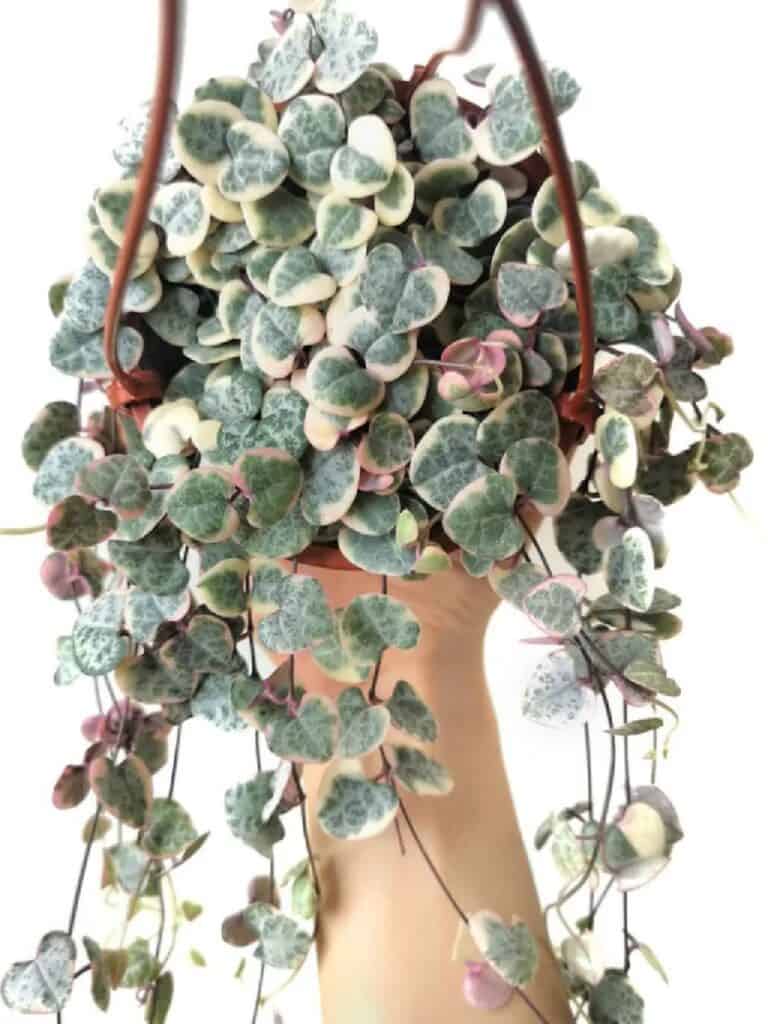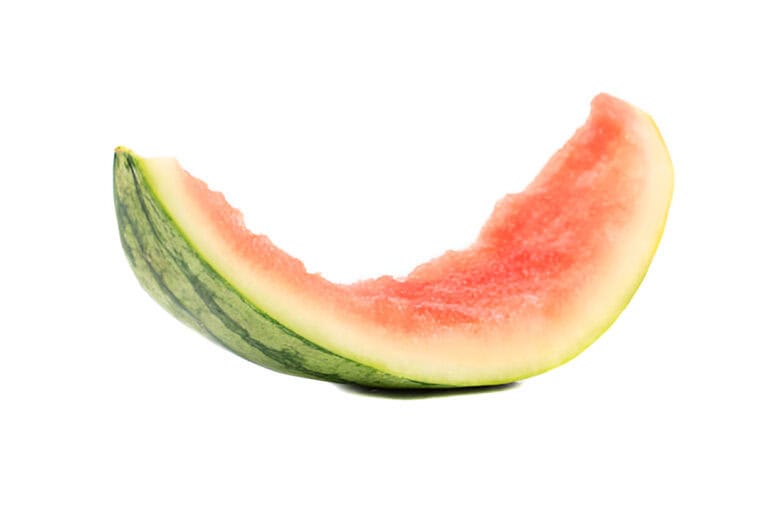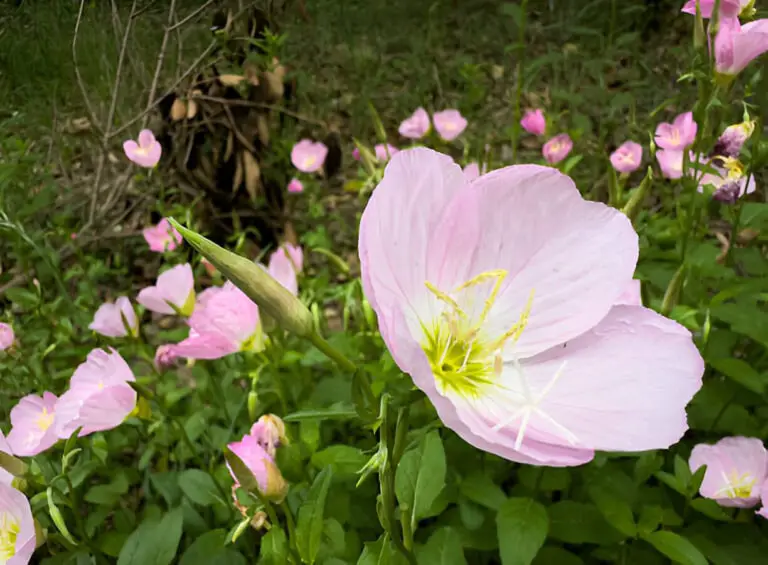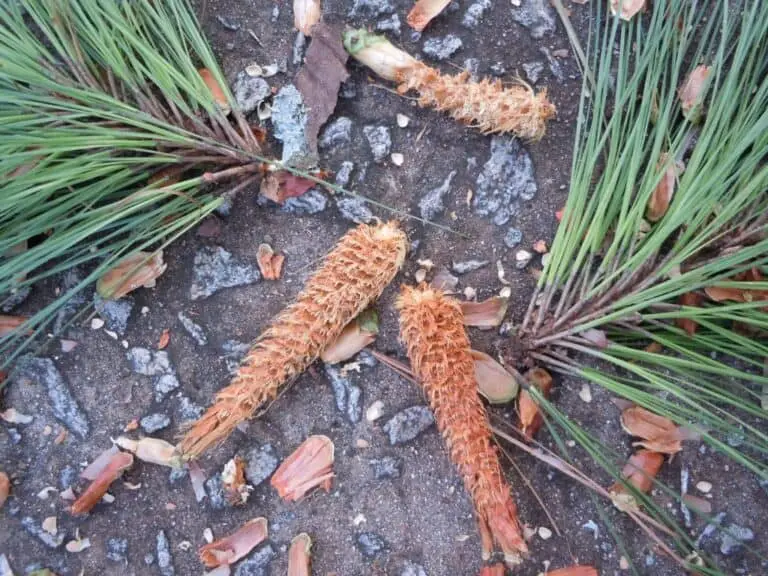String of Hearts (Ceropegia Woodii): Plant Care and Growing Guide

There’s just something captivating about the String of Hearts plant. I still remember spotting one at a local nursery, its delicate heart-shaped leaves cascading like green-white beads on a necklace, and I instantly knew it needed a spot in my home. Officially known as Ceropegia Woodii, this charming trailing succulent comes from South Africa and rewards its caretaker with tiny purple flowers during spring and summer—something that always feels like a quiet celebration when they bloom. I keep mine in a hanging pot near a sunny window, and honestly, it adds a bit of whimsy to the room like no other plant I own.
But here’s the thing—these little vines might look fragile, but they’re tougher than you think. So what does it actually take to keep a String of Hearts happy and thriving? Whether you’re dealing with unpredictable lighting, wondering when to water, or trying not to kill it with kindness, the key is understanding its unique needs without overcomplicating things.
In this post, I’ll walk you through both the basics and the more nuanced tips for growing Ceropegia Woodii—from how much sun it really wants to why it secretly loves neglect. If you’re looking for a graceful, low-maintenance plant that brings personality to your space, you’ll want to stick around and get the most out of this guide.
Understanding the Basics of String of Hearts
The String of Hearts, scientifically known as Ceropegia woodii, is a trailing houseplant prized for its delicate, heart-shaped leaves and cascading vines. Its foliage often features a blend of green and silver tones on top, with a soft purplish underside that adds to its visual charm. Perfect for hanging baskets or high shelves, this plant can grow long, elegant vines that stretch several feet when given the right conditions.
You might also hear this plant called by a few other names:
- Rosary Vine
- Chain of Hearts
- Sweetheart Vine
All of these names refer to the same plant, and they hint at its romantic, vine-like appearance.
| Feature | Description |
| Botanical Name | Ceropegia woodii |
| Common Names | String of Hearts, Rosary Vine |
| Origin | South Africa, Eswatini, and Zimbabwe |
| Leaf Shape | Heart-shaped, green with silver marks |
| Growth Habit | Trailing vine, great for hanging pots |
Native to South Africa and surrounding regions, the String of Hearts naturally grows in dry, rocky environments. That’s why it thrives in well-draining soil and can handle a bit of neglect—ideal for plant lovers who want beauty without constant upkeep.
String of Hearts (Ceropegia Woodii) Basic Care Guidelines

Placement
Correct placement of the string of hearts plant (Ceropegia Woodii) may be a challenge. Indeed, there will be differences between indoors and outdoors placement.
If the plant is indoors, it may be challenging to provide it with enough sunlight. Placing the plant next to a window is a good idea. The good thing about keeping this plant indoors is that it will be protected from harsh winters and a very cold climate outside. If it’s outdoors, make sure it doesn’t endure such cold weather. Bring it inside if necessary.
Light
The string of hearts plant (Ceropegia Woodii), requires light, like most other succulents and cacti. This plant, however, mostly thrives with access to partial shade. Place it in a location where it will get light and some direct sun but also some shade throughout the day.
The leaves’ color is a positive indication that more light is necessary; lighter colors or less marbling mean that it’s not getting enough sunlight. The gaps between the leaves are also a great indication that the plant is not getting enough light; the wider apart they are from each other means that sunlight is missing.
Temperature
The string of hearts plant (Ceropegia Woodii) enjoys a temperature of 64º F to 75º F (18º C to 24º C). In this sense, this plant is quite suitable for a lot of environments. In fact, this plant will be able to tolerate warmer temperatures, think 80º F to 85º F (26º C to 29).
You should house this plant indoors during such cold, extreme weather, as it cannot withstand the winter, eather. Any temperature of less than 60º F (15º C) will not be helpful. Lower temperatures and frost will be very damaging.
Water
When it comes to watering the string of hearts plant (Ceropegia Woodii), there are some things to remember. As usual, the ‘soak and dry’ method is the best.
We want to let the soil dry off completely, and only then do we want to water. After watering, we should wait until the soil completely dries off, and this process should continue indefinitely. We’ll notice that the soil dries off more slowly during fall and winter. This is fine, as the string of hearts plant (Ceropegia Woodii) seldom needs too much water during this period.
As always, when we water, we want to drench the pot thoroughly and then let our plant rest. It’s important to mention that the string of hearts plants (Ceropegia Woodii), like many succulents and cacti, can withstand underwatering but will seldom recover from overwatering. This is why it’s so crucial to stick to the ‘soak and dry’ method.
Soil
A significant consideration when deciding on the soil mix for the string of hearts plant (Ceropegia Woodii) is good drainage. As with most succulents and cacti, this plant benefits from a ‘soak and dry’ approach to watering. This strategy is feasible only if the soil mix provides adequate, normal drainage. It’s also true that this plant benefits from the right soil mix, which gives it beneficial nutrients.
Humidity
This plant actually tolerates and enjoys about 40-50% humidity. This indicates that the plant can thrive in a variety of environments. It also means, naturally, that we need to be careful that we’re not overwatering it, particularly if it’s located in a humid area. As mentioned earlier, a strict ‘soak and dry’ approach will work wonders.
Air
The string of hearts plant (Ceropegia Woodii) can indeed thrive with humidity. However, humidity can attract pests that may damage the stems. Having good ventilation and air provision is the best way to deal with this, especially if you place the plant in a humid environment.
| Check out: String of Dolphins (Dolphin Succulent): Plant Care and Growing Guide |
String of Hearts (Ceropegia Woodii) Advanced Care Guidelines
Propagation
Propagating the string of hearts plant (Ceropegia Woodii) is quite simple. There are several methods to do so:
Water propagation
First of all, cut the vines. Place these cuttings in a vase with water. Now, we must just wait for the roots to start growing. The plant must be left in a warm and well-lit location. The appearance of roots should only take a couple of days, more or less.
Soil propagation
Cut off the vines and then remove the leaves from their sides. We want to plant the vine right into the soil. The nodes, in particular, must be inside the soil. Roots will grow this way.
Tuber propagation
We can either leave the tuber attached to the vine and then place it in the soil to encourage root growth. Once there is root growth, it’s possible to cut the vine off the mother plant. Alternatively, it’s possible to remove the vine with such a tuber off the mother plant and then place it in soil.
Potting and repotting
Repotting the string of hearts plant (Ceropegia Woodii) is best done during the summer. This is because this is the growing period, and the stress of repotting is lessened. Hanging pots are ideal.
It’s important to note that repotting will seldom be necessary with this particular plant. Watch out for the typical signs that a succulent needs repotting (weak growth, wilted leaves, etc.), and only then inspect the plant’s root system.
Fertilizing
Fertilizing the string of hearts plant (Ceropegia Woodii) is useful. It’s worth noting that it usually needs only infrequent fertilizing. Half-diluted fertilizer will be adequate enough. Fertilizing about once a month, during the growth period of spring and summer, is beneficial. As with most succulents and cacti, fertilizing is not necessary during fall or winter because the plant goes dormant.
Pest prevention
As mentioned, a key element in the prevention of pests is excellent air and ventilation. Such ventilation is particularly important in humid environments. Another critical factor is strict watering; overwatering and rot may create pest problems.
If the plant is being attacked by pests already, cleaning the affected areas with a cotton swab and alcohol may eliminate fungus gnats and mealybugs.
Pruning
Pruning the string of hearts plant (Ceropegia Woodii) may sometimes be necessary. As always, it’s best to prune during the growing season. The idea is quite simply to prune dead and yellowed leaves, to promote healthy growth.
FAQs on String of Hearts (Ceropegia Woodii): Plant Care
How fast does a string of hearts grow?
It grows fast, in a matter of weeks, provided we give it the basic care it needs. The process of propagating a string of hearts is also fast and straightforward. Its speed makes it such a wonderful plant for beginners.
Why is my string of hearts dying?
There can be several reasons. It’s essential that we follow the proper care guidelines for our string of hearts plant (Ceropegia Woodii). These steps will go a long way in keeping our planet safe and thriving.
Now then, having said that, a typical case of string of hearts plant (Ceropegia Woodii) death is overwatering. Remember to apply a strict ‘soak and dry’ methodology.
Check that there is a proper drainage hole in the pot too. When in doubt, don’t water. This plant can survive drought but rarely recovers from rot and overwatering.
Why is my string of hearts turning yellow?
There are several things that could be happening. Overwatering is the first thing we must be sure to keep under control.
There are other things that may be happening. This type of plant can usually only support a certain number of leaves on each vine. The vines will keep on growing, but leaves will yellow.
Therefore, it’s best to do some maintenance on the plant. Pruning will help a plant that shows yellowing. Focus on the stems that are showing yellowing and simply prune carefully.
Can a string of hearts grow outside?
It certainly can. The string of hearts plant (Ceropegia Woodii) can live either outside or inside. When living outside, however, it’s important to take care of certain things. Perhaps the most important consideration is not to let it endure cold weather.
Indeed, any temperature below 60º F (15º C) is to be avoided. Frosty conditions are particularly destructive. In these cases, the best thing to do is take the pot inside to protect it from the elements.
How big is the string of hearts plant (Ceropegia Woodii)?
Typically, this plant can reach about 12 inches (30cm). Some of them, however, can grow to about 35 inches (90cm).
Its trailing stems showcase this growth. Given this size and shape, this plant is best kept in hanging pots.






